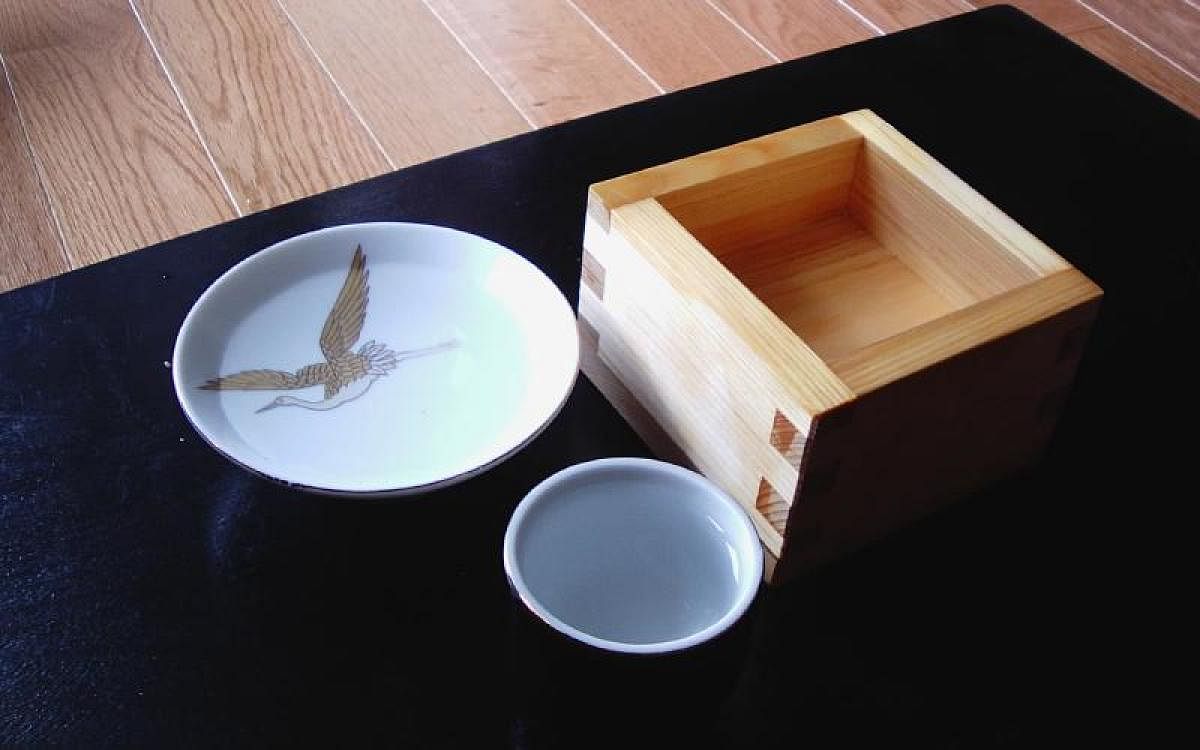Rise to the fermented wonder!

Fermented rice is an integral part of the Indian diet for centuries. People from the eastern and southern parts of India have their own dishes with fermented rice. In rural India, farmers start their day with overnight soaked leftover fermented rice. On the other hand idli, dosa, uttapam are the popular breakfast items in the southern states of India. The list does not end here. People celebrate festivals with various types of pitha, haria, and other fermented rice preparations. This traditional food started getting scientific attention in the last two decades. Extensive research is being conducted worldwide as it is believed that fermented rice is full of probiotics.
Probiotics are live microorganisms that can be consumed through fermented foods or supplements. It promotes a healthy environment for gut bacteria which has been linked with many other health benefits. Probiotics are also good for weight loss, digestive health, immune system and more.
Fermented rice is one of the known functional foods. After fermentation, rice gets enriched with various antimicrobial, antioxidant substances, metabolites like phenolics, flavons, vitamin E, phytosterol, linoleic acid, anthocyanins etc. These body-friendly bacteria play an important role in reducing cholesterol, improving peristalsis and preventing diarrhoea.
Regular consumption of fermented rice also helps to manage lactose intolerance. It has the property to suppress cancer of the colon, liver, stomach, bladder and esophagus.
How is fermented rice prepared?
A common practice is cooking rice in the afternoon (excess water is drained). Once the rice cools down to room temperature, it is again soaked in normal temperature water and stored in a clay pot. This is left overnight at room temperature. By the next morning, the fermented rice would be ready to be eaten for breakfast. Traditionally, it is eaten with raw onion or green chilli as side dishes. Some prefer to drain excess water and eat it with yoghurt and a slight sprinkle of salt.
Rice fermentation can be of two types:
acid fermentation (idli, dosa, panta/ pokhal bhat, etc); alcohol fermentation (rice liquor — Haria, Apong, Jau, etc)
What are the changes that occur when
rice is fermented?
Fermentation of rice is a process where a favourable condition has been created so that microorganisms can grow and utilise the starch of the rice. With time and controlled temperature, the growth rate of microorganisms increases and brings many changes in rice.
Nutritional changes: Change in quality of nutrients and anti-nutritional factors of rice.
Functional changes: Formation of many active compounds which may provide multiple health benefits.
Sensory changes: The colour, texture, aroma and taste of the rice.
Major health benefits of fermented rice.
Fermented rice is more nutritious in comparison to regular rice. Fermentation reduces the fat content in rice. It becomes more protein-rich and easily digestible.
It reduces anti-nutritional factors (lecithin, trypsin inhibitors) and improves the availability and absorption of micronutrients like calcium, iron in the human body.
Regular consumption of fermented rice helps to improve gut health. The good bacteria of the gut helps in proper digestion, absorption which gives a positive effect on the epithelial lining of the gastrointestinal tract and also helps to improve immunity.
Probiotics found in fermented rice help improve mental health. They are especially beneficial in easing anxiety and depression.
Fermentation produces a compound called collagen which ensures skin elasticity. It has an impact on healthy and glowing skin. The water of fermented rice is an excellent conditioner for hair too.
Fermented rice also helps to shed extra pounds by producing specific probiotic strains that burn unwanted belly fat.
Probiotic Rice Kanji
Ingredients
½ cup cooked rice
1-2 cups of water
¼ cup homemade curds
Salt as required
1 tablespoon fresh coriander leaves, chopped
To temper
½ tablespoon coconut oil/any vegetable oil
A pinch of hing, mustard seeds, cumin seeds
½ teaspoon urad dal
1 teaspoon curry leaves, finely chopped
2 green chillies, finely chopped
1 onion, finely chopped
1 teaspoon grated ginger
Preparation
Soak ½ cup cooked rice in 1-2 cups of water in a clay pot for about 10-12 hours or overnight.
The next day, blend overnight fermented rice to a smooth paste.
Transfer blended rice into a mixing bowl.
Whisk ¼ cup of homemade curds and add to rice paste and stir well (preferably add slightly sour curds as it tastes better.)
Add salt to taste and mix well.
In a tadka pan, heat coconut oil or any vegetable oil, add mustard seeds, cumin seeds, urad dal, hing, chopped curry leaves, green chillies and fry well.
Add chopped onions and fry till it turns light brown. Turn off the stove.
Add grated ginger to that and mix well.
Pour temper over the prepared rice kanji.
Garnish with chopped coriander leaves.
(The author is a senior executive nutritionist with a leading chain of hospitals in Bengaluru.)